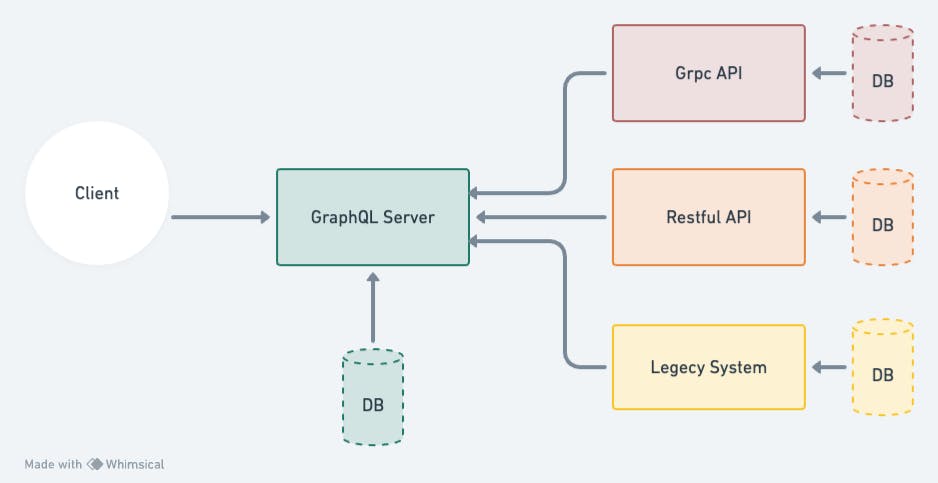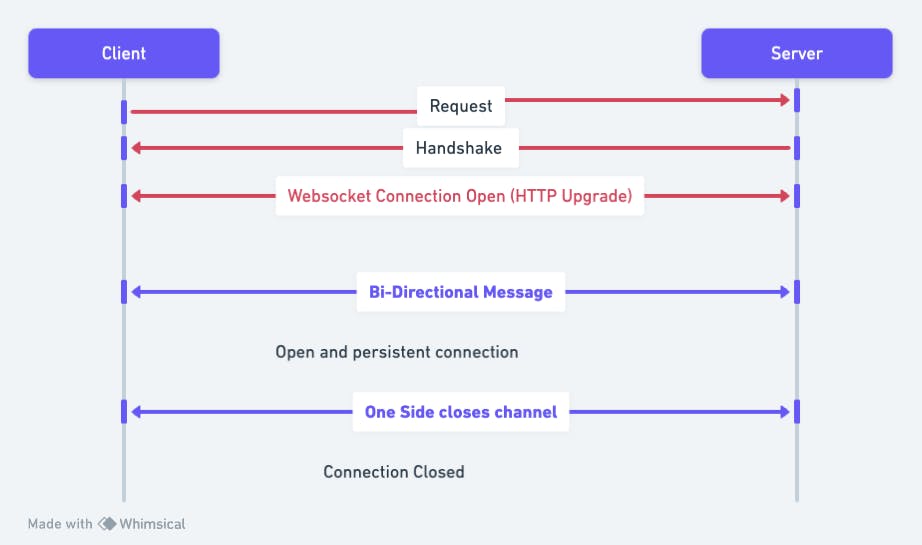Introduction:
In the world of software development, APIs (Application Programming Interfaces) serve as the backbone of modern applications, enabling seamless communication and interaction between different systems. However, not all APIs are created equal. In this blog post, we'll delve into the realm of API architecture styles, exploring the characteristics, advantages, and use cases of some popular options.
1. RESTful API:
REST (Representational State Transfer) has emerged as one of the most widely adopted architectural styles for designing networked applications. RESTful APIs leverage standard HTTP methods such as GET, POST, PUT, and DELETE to perform CRUD (Create, Read, Update, Delete) operations on resources. They emphasize statelessness, scalability, and interoperability, making them a preferred choice for building web APIs.

REST API Example and methods mapping

2. GraphQL:
GraphQL is a query language for APIs that offers a more flexible and efficient approach to data fetching and manipulation. Unlike traditional REST APIs, GraphQL enables clients to specify the structure of the data they require, reducing over-fetching and under-fetching issues. With GraphQL, developers can fetch multiple resources in a single request, leading to faster and more efficient data retrieval.
GraphQL simple representation

GraphQL schema response and components

3. SOAP (Simple Object Access Protocol):
SOAP is a protocol for exchanging structured information in the implementation of web services. It relies on XML as its message format and typically operates over HTTP or SMTP. SOAP APIs are known for their strict contract-based approach, providing features like security, reliability, and transactionality. While SOAP was once dominant in enterprise environments, its usage has declined in favor of more lightweight alternatives like REST and GraphQL.
4. gRPC (Google Remote Procedure Call):
gRPC is an open-source RPC (Remote Procedure Call) framework developed by Google. It uses HTTP/2 for transport and Protocol Buffers (protobuf) as the interface definition language. gRPC offers features such as bidirectional streaming, efficient serialization, and built-in support for load balancing and authentication. It's particularly well-suited for building microservices-based architectures and high-performance distributed systems.
5. Webhooks:
Webhooks provide a mechanism for real-time communication between systems by allowing one application to notify another application about events or updates. Unlike traditional polling-based approaches, webhooks operate on a push model, delivering data as soon as it becomes available. Webhooks are commonly used for implementing event-driven architectures, enabling seamless integration between different services and systems.
Webhook simple representation

Conclusion:
In conclusion, the choice of API architecture style plays a crucial role in shaping the design, performance, and scalability of your applications. Whether you opt for RESTful APIs, GraphQL, SOAP, gRPC, or webhooks depends on various factors such as your project requirements, performance considerations, and team expertise. By understanding the strengths and trade-offs of each approach, you can make informed decisions and architect robust and efficient APIs for your applications.